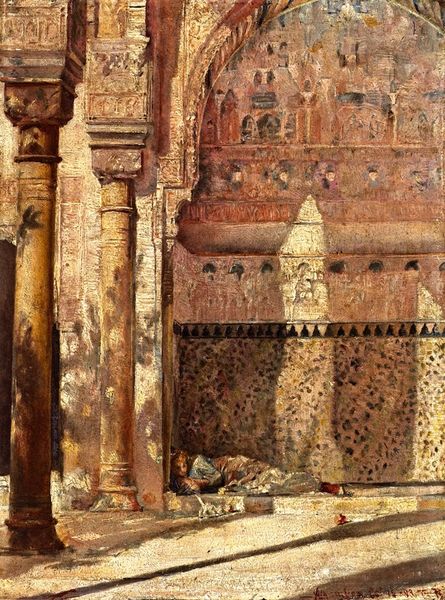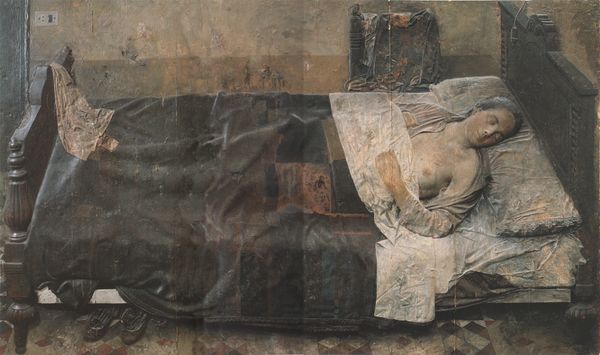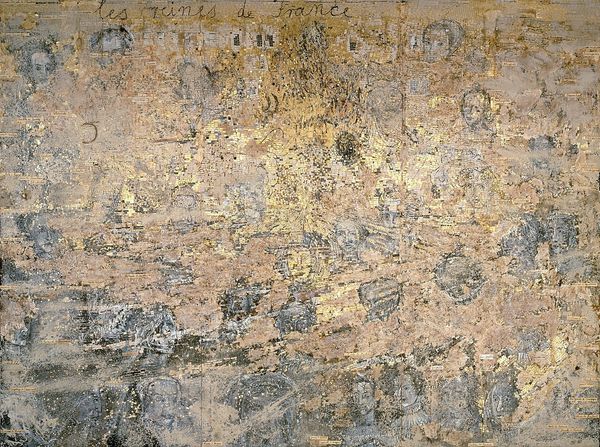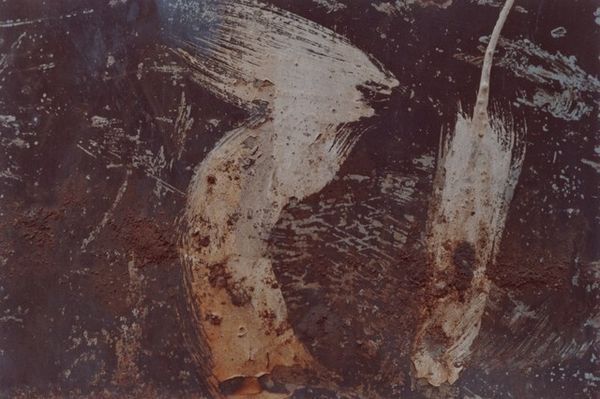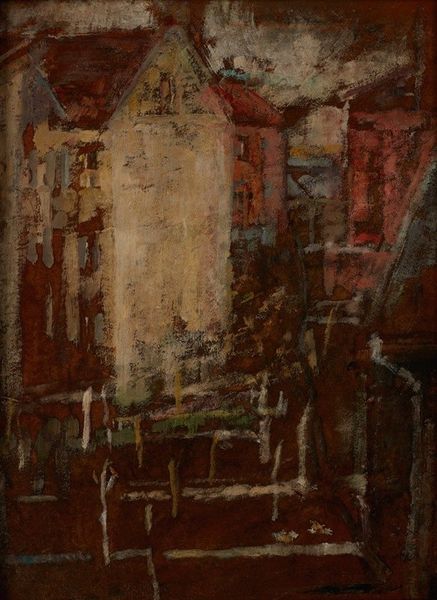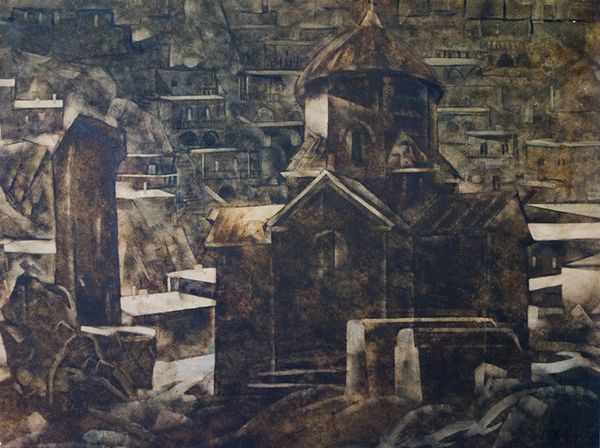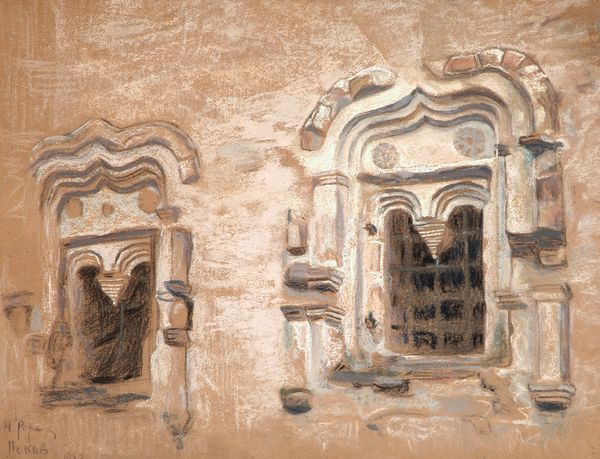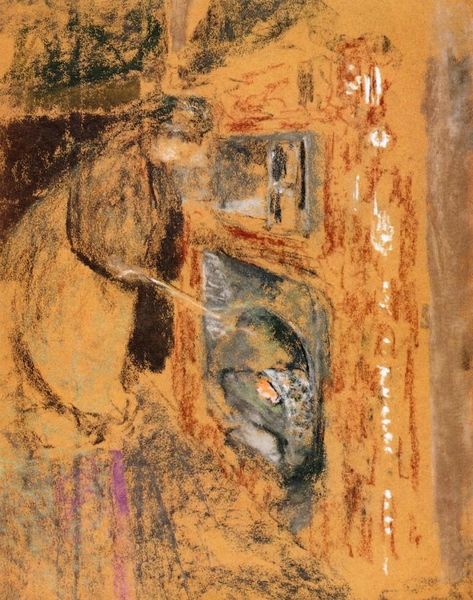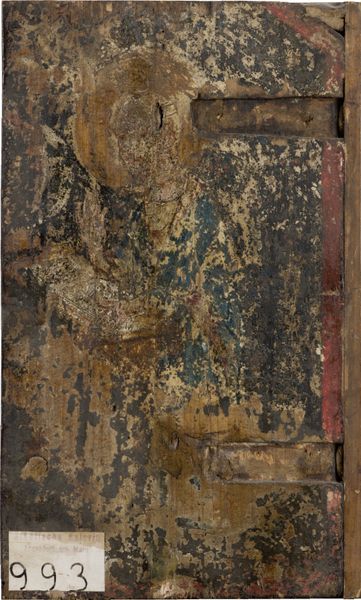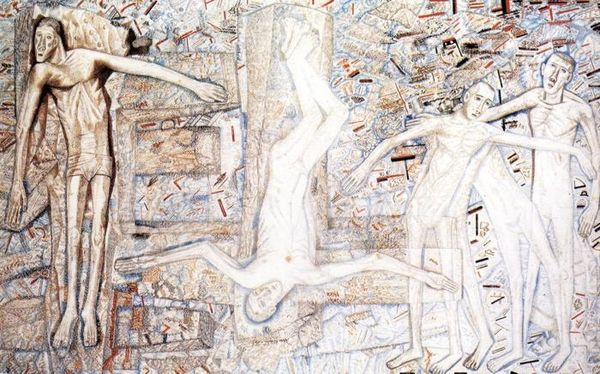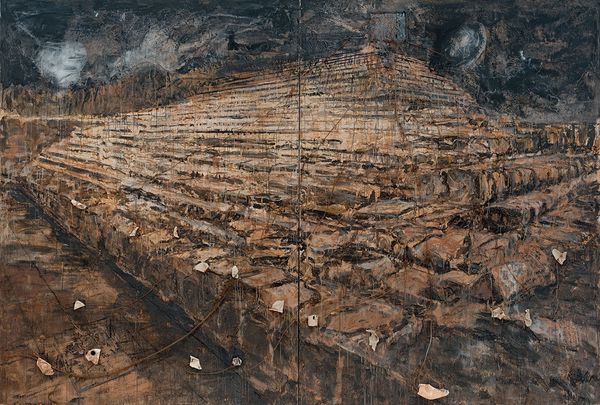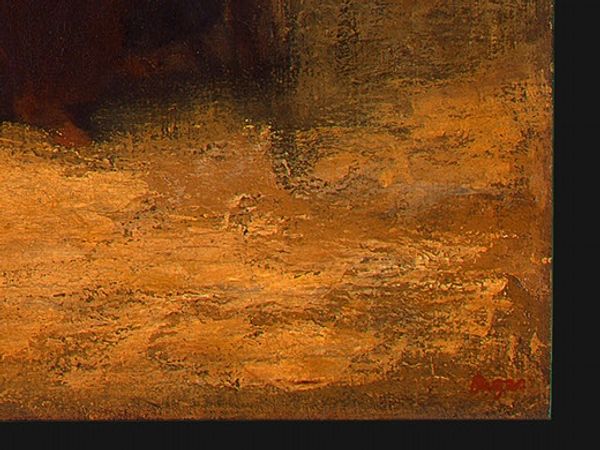
oil-paint, impasto
#
baroque
#
oil-paint
#
landscape
#
impasto
Copyright: Public Domain: Artvee
Curator: Here we have "Römische Ruine in Schönbrunn," an oil on canvas attributed to Carl Moll. What are your first impressions? Editor: Dark. Moody. It's almost aggressively textured. It feels heavy, like I could touch the painting and feel the grit of the ruin on my fingertips. It has the weight of history pressing down. Curator: Exactly. Look closely at how the impasto technique, the thick layering of the oil paint, becomes crucial to understanding the piece. It embodies the very physical decay and roughhewn materiality of these fabricated ruins in Schönbrunn. Editor: Fabricated ruins? Like... fake ruins? That's kind of hilarious and changes everything. Suddenly, that "weight of history" feels more like a commentary on artificial nostalgia. Like Disneyland for aristocrats. Curator: Precisely! It reflects the social consumption of history. These were consciously constructed to evoke a specific sentiment. Moll isn't just painting a ruin; he's painting a designed experience and possibly commenting on class and leisure. The visible brushstrokes and earthy tones underscore the labor and material investment required to manufacture such a fantasy. Editor: That shift in perspective is amazing. At first, I just saw decay, but now I see deliberate construction... and deconstruction. The visible brushstrokes, that heavy texture—it all becomes a kind of raw honesty about the making of meaning itself. Plus it feels, just slightly subversive, don't you think? Curator: Perhaps, but I think it's important not to flatten Moll's intent. Consider that in its time the piece offered a particular experience for the bourgeois and aristocracy. The lack of a hard, visible date on the piece itself is part of that experience of understanding labor's function within production and decay, it gives this image a life. Editor: It's true. I suppose that's part of what keeps art alive. We change, and so our interpretations transform what's there, buried under the paint. Curator: Well said. It just underscores how crucial analyzing material history really is when experiencing art.
Comments
No comments
Be the first to comment and join the conversation on the ultimate creative platform.
